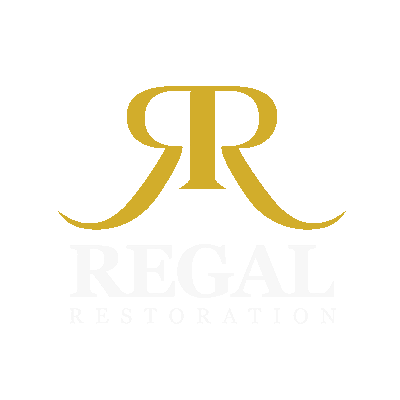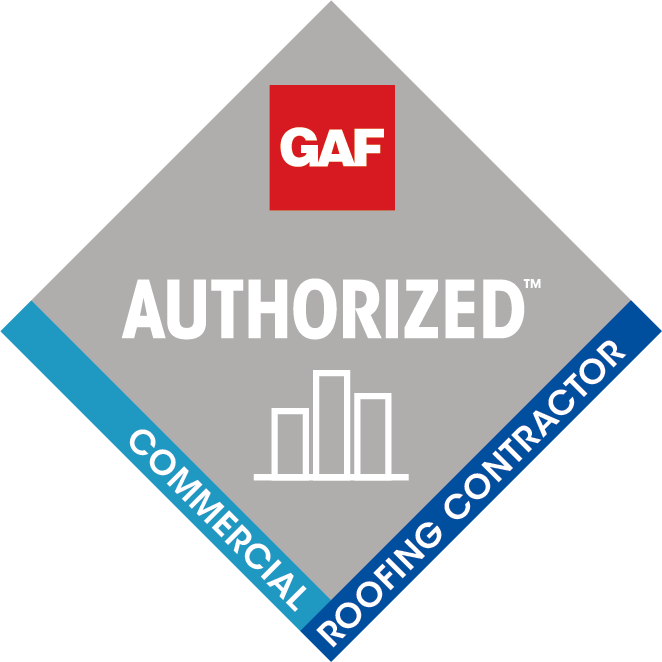Water intrusion can wreak havoc on commercial properties, leading to structural damage, mold growth, and costly repairs. Waterproofing is a crucial preventive measure to safeguard your investment and ensure the longevity and integrity of your building. In this guide, we’ll explore effective waterproofing techniques tailored to the needs of commercial properties.
- Exterior Waterproofing
One of the most effective methods of waterproofing commercial properties is through exterior waterproofing. This involves applying waterproof membranes or coatings to the exterior surfaces of the building, such as foundation walls, below-grade structures, and retaining walls. These membranes create a barrier that prevents water infiltration and protects the structural integrity of the building. - Interior Waterproofing
In addition to exterior waterproofing, interior waterproofing techniques can provide an added layer of protection against water damage. Interior waterproofing involves installing drainage systems, sump pumps, and moisture barriers inside the building to manage groundwater seepage, condensation, and humidity levels. Proper ventilation and dehumidification are also essential for preventing moisture buildup and mold growth. - Roof Waterproofing
The roof is a critical area of vulnerability for water intrusion in commercial properties. Waterproofing the roof involves applying durable membranes, coatings, or sealants to prevent leaks and water penetration. Regular inspection and maintenance of the roof, including checking for damaged or deteriorated roofing materials, are essential for ensuring long-term waterproofing performance. - Sealant Application
Sealants play a vital role in waterproofing various building components, including windows, doors, joints, and penetrations. High-quality sealants effectively seal gaps and cracks, preventing water infiltration and air leakage. Regular inspection and reapplication of sealants are necessary to maintain their effectiveness and prevent water damage. - Drainage Systems
Proper drainage is essential for managing water runoff and preventing water accumulation around the foundation of the building. Installing gutters, downspouts, French drains, and surface grading systems helps divert water away from the building and prevents pooling or saturation of the soil. Regular maintenance of drainage systems is crucial for ensuring optimal performance and preventing water-related issues. - Crack Repair
Cracks in concrete or masonry surfaces are common entry points for water infiltration. Repairing cracks promptly with appropriate sealants or waterproofing compounds helps prevent water from seeping into the building and causing damage. Crack repair should be included as part of routine maintenance to address potential vulnerabilities before they escalate into larger issues. - Professional Waterproofing Services
Partnering with experienced waterproofing contractors, such as Regal Restoration, ensures the proper implementation of waterproofing techniques tailored to the specific needs and challenges of commercial properties. Professional contractors have the expertise, resources, and specialized equipment to assess, plan, and execute waterproofing projects effectively, providing peace of mind and long-term protection for your investment.
In conclusion, implementing effective waterproofing techniques is essential for protecting commercial properties from water damage and preserving their value and integrity. By incorporating exterior waterproofing, interior waterproofing, roof waterproofing, sealant application, drainage systems, crack repair, and professional waterproofing services into your maintenance strategy, you can safeguard your investment and ensure the long-term durability and performance of your building.



